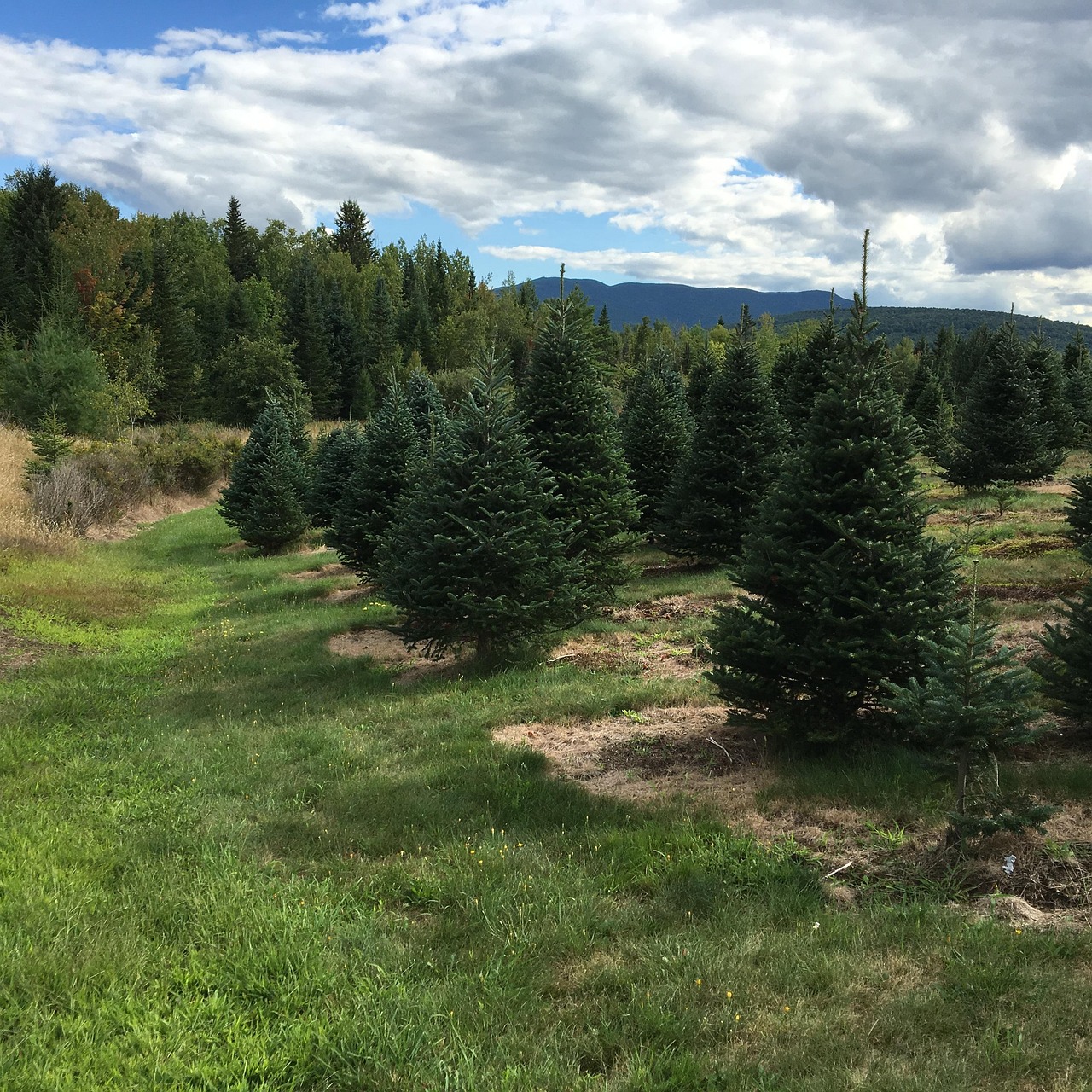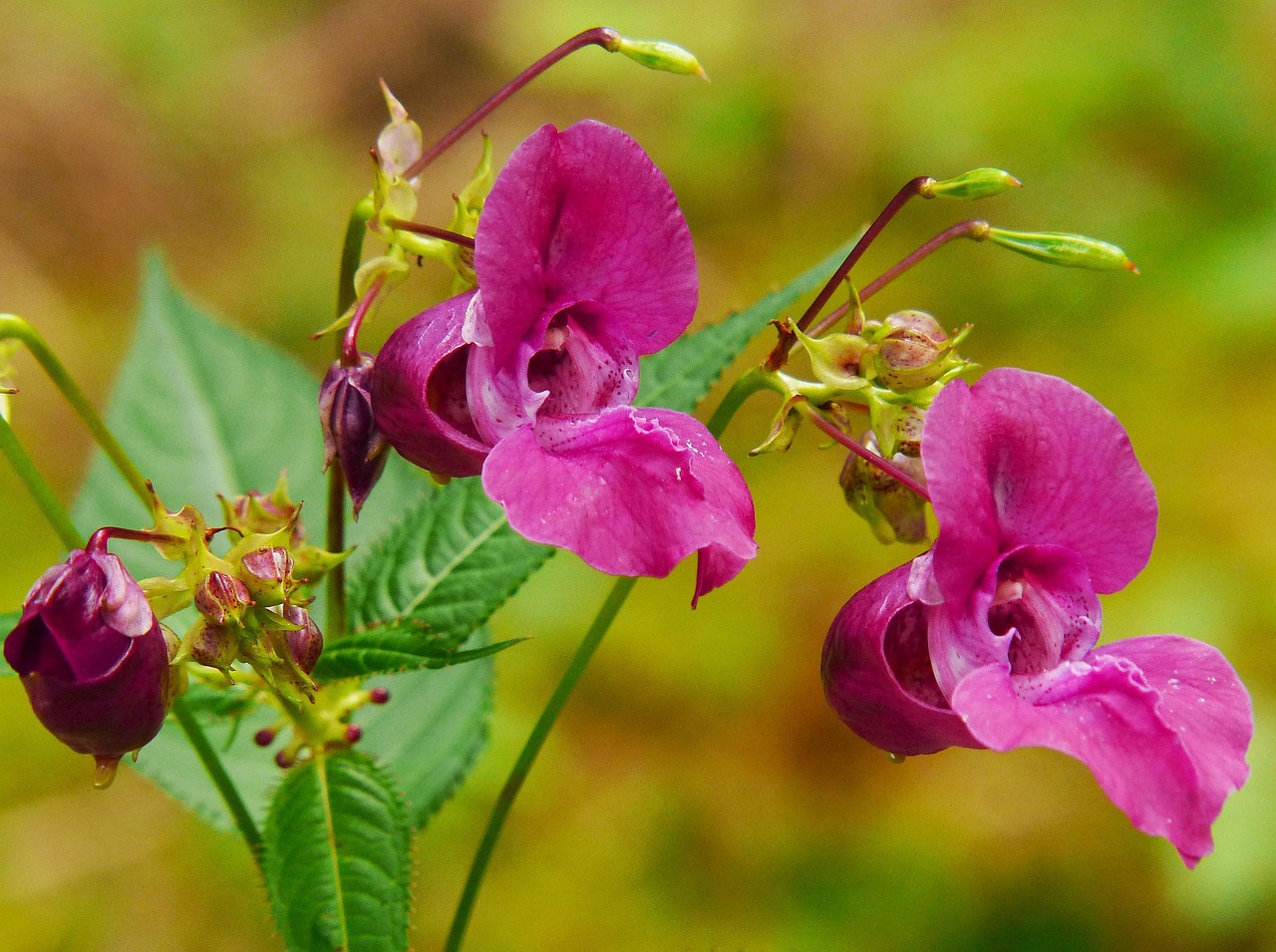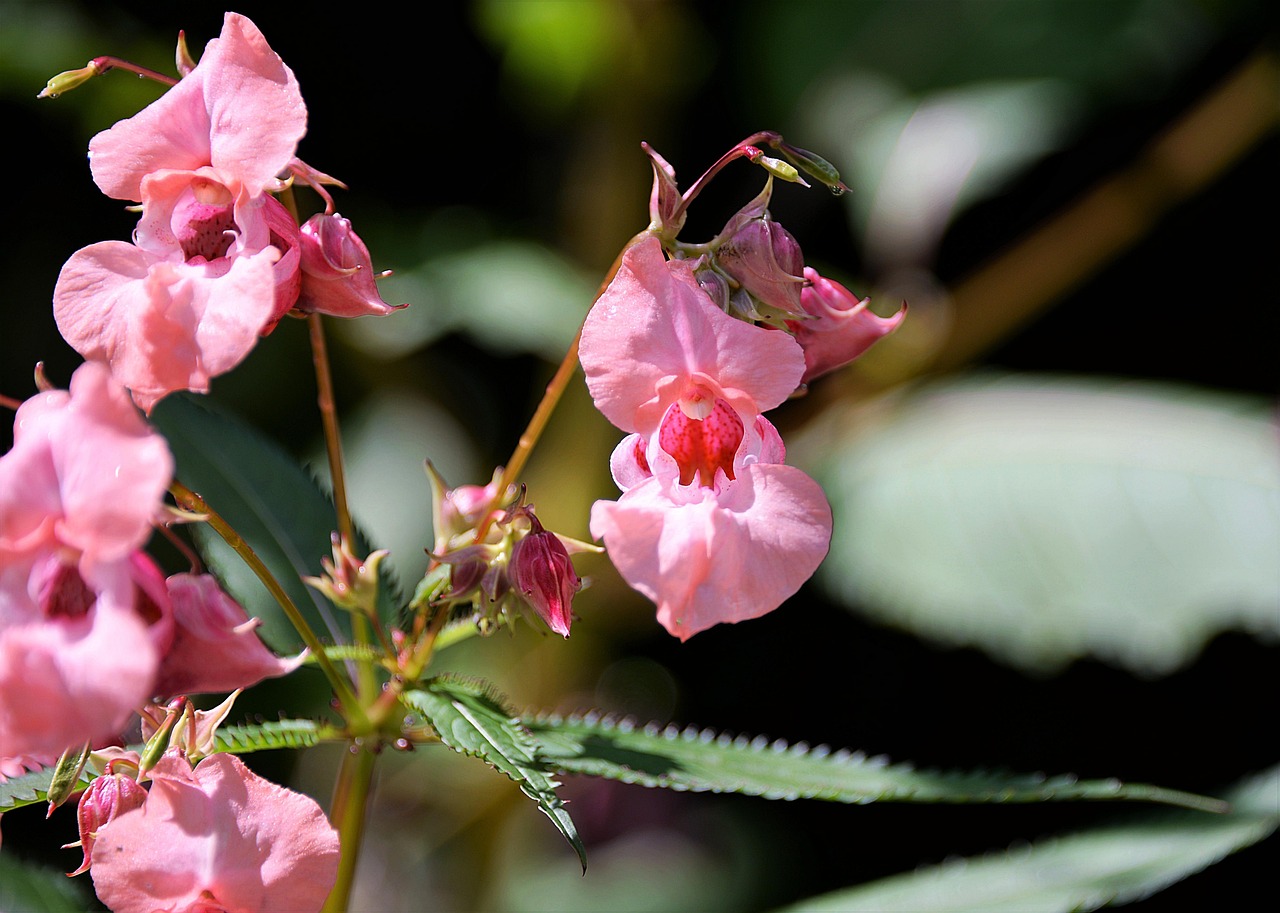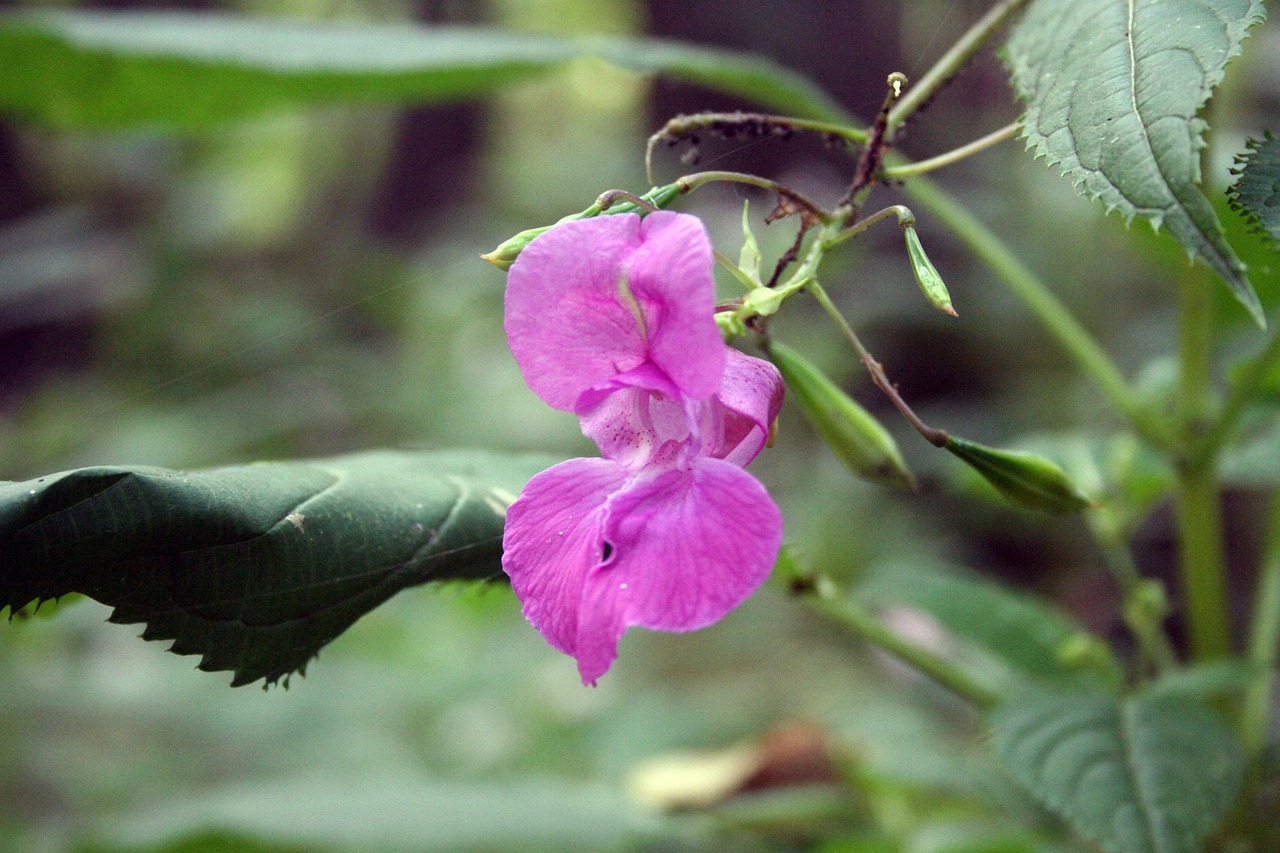Balsam fir has a unique smell due to its high concentration of balsam resin. This resin contains compounds such as pinene and limonene, which contribute to its distinctive, fresh scent reminiscent of a forest. The combination of these natural compounds creates an aroma that is both invigorating and comforting.
Understanding Balsam Fir
Balsam fir (Abies balsamea) is a species of fir tree native to North America. It is commonly found in the northeastern United States and Canada. This evergreen tree is highly valued not only for its beauty but also for its aromatic properties. The unique fragrance of balsam fir makes it a popular choice for holiday decorations and essential oils.

The tree typically grows to heights of 40 to 60 feet and features flat, needle-like leaves that are dark green on top and silver underneath. Balsam fir thrives in cool, moist climates and is often found in mountainous regions. Its adaptability to various soils and conditions contributes to its widespread presence.
Chemical Composition of Balsam Fir
The distinctive smell of balsam fir can be attributed to its complex chemical composition. The essential oils produced by the tree are rich in various terpenes and other compounds. These substances not only give the tree its unique aroma but also play a role in its defense mechanisms against pests and diseases.
| Compound | Properties | Contribution to Aroma |
|---|---|---|
| Pinene | Fresh, pine-like scent | Creates a familiar forest fragrance |
| Limonene | Citrus scent | Adds a hint of freshness |
| Camphor | Strong, medicinal smell | Adds depth to the overall aroma |
| Terpenes | Variety of scents | Enhances the complexity of the fragrance |
The specific combination of these compounds varies depending on factors such as the tree’s age, health, and environmental conditions. As a result, different balsam fir trees may emit slightly different aromas. This variability adds to the charm of balsam fir, making each tree’s fragrance unique.

Historical Significance of Balsam Fir’s Aroma
The unique scent of balsam fir has historical significance as well. Indigenous peoples have long utilized the aromatic properties of balsam fir for various purposes. They used the resin for medicinal applications and as an insect repellent. The pleasant aroma was also used in rituals and ceremonies, highlighting the tree’s cultural importance.
In more recent history, balsam fir gained popularity as a Christmas tree. Its rich scent evokes feelings of nostalgia and warmth during the holiday season. Families often choose balsam fir not only for its visual appeal but also for the comforting aroma it brings into their homes.
Modern Uses of Balsam Fir Aroma
The unique scent of balsam fir continues to be harnessed in modern applications. Many companies produce essential oils derived from balsam fir, which are used in aromatherapy and natural health products. The refreshing scent is believed to promote relaxation and reduce stress.

Additionally, balsam fir is commonly used in candles, air fresheners, and home fragrances. Its ability to evoke the essence of a winter forest makes it a favored choice among consumers looking for natural scents to enhance their living spaces.
Overall, the unique smell of balsam fir is a result of its rich chemical composition and historical significance. This remarkable tree continues to capture hearts with its distinctive aroma, making it a cherished part of both nature and human culture.
Biological Role of Balsam Fir’s Aroma
The unique aroma of balsam fir plays a significant role in its biological functions. The scent is not merely for human enjoyment; it serves various purposes within the ecosystem. Understanding these roles helps to appreciate why the smell of this tree is so unique.
Defense Mechanism
Balsam fir produces its aromatic compounds as a defense mechanism against herbivores and pathogens. The resin contains volatile organic compounds (VOCs) that can deter insects and other animals from feeding on the tree. These compounds create a strong scent that often signals danger to potential predators.

Additionally, some of these compounds possess antifungal and antibacterial properties. This helps the tree combat diseases that could threaten its health. In this way, the aroma is not just a pleasant fragrance; it is essential for the tree’s survival.
Attracting Pollinators
The scent of balsam fir can also play a role in attracting pollinators. During the flowering season, the aroma may help to lure various insects that assist in the tree’s reproduction. This interaction is crucial for genetic diversity and the overall health of the species.
Cultural Significance of Balsam Fir Aroma
The scent of balsam fir has deep cultural significance that extends beyond its use in homes. Many communities have incorporated the aroma into their traditions and practices.
Traditional Uses
Indigenous peoples have long regarded balsam fir as a valuable resource. The tree’s resin was used in traditional medicine to treat various ailments, from respiratory issues to skin conditions. The aromatic properties were not only beneficial for health but were also believed to have spiritual significance.
During ceremonies, the scent of balsam fir was often used to purify spaces or to create a calming environment. This practice highlights the deep connection between nature and cultural rituals.
Modern Celebrations
Today, the aroma of balsam fir is synonymous with holiday celebrations, particularly Christmas. Families often choose balsam fir trees to decorate their homes during this festive season. The fresh scent evokes feelings of nostalgia and joy, enhancing the overall holiday experience.
- Christmas Trees: Balsam fir is one of the most popular Christmas tree varieties due to its shape and fragrance.
- Seasonal Scents: The smell of balsam fir is commonly used in holiday-themed candles and air fresheners.
- Gift Items: Balsam fir essential oils are popular for gifting, especially around the holidays.
Aromatherapy and Health Benefits
In recent years, balsam fir’s fragrance has gained recognition in aromatherapy. Many people use balsam fir essential oil for its potential health benefits.
Relaxation and Stress Relief
The refreshing scent of balsam fir is believed to promote relaxation and reduce stress levels. When inhaled, the aroma can have a calming effect on the mind and body. This property makes it a popular choice in meditation practices and wellness routines.
Respiratory Health
Balsam fir’s aromatic compounds may also support respiratory health. The tree’s natural oils can help open airways and improve breathing. This makes it beneficial for individuals suffering from respiratory issues or allergies.
Mood Enhancement
The uplifting scent of balsam fir can enhance mood and improve overall emotional well-being. Using balsam fir essential oils in diffusers or during massages can create a soothing atmosphere conducive to relaxation and emotional balance.
Environmental Impact
The cultivation and harvesting of balsam fir have environmental implications that are worth considering. Sustainable practices are essential to ensure that this beautiful tree continues to thrive in its natural habitat.
Sustainable Harvesting Practices
When harvesting balsam fir, it is crucial to employ sustainable methods that protect the ecosystem. Responsible forestry practices help maintain healthy forests while allowing for economic benefits from timber and resin extraction.
- Selective Cutting: Rather than clear-cutting, selective cutting allows for some trees to remain, promoting biodiversity.
- Replanting: Ensuring that new saplings are planted helps sustain future generations of balsam fir.
- Pest Management: Natural pest management strategies can minimize chemical use and protect surrounding flora and fauna.
Challenges in Balsam Fir Cultivation
While balsam fir is a beloved tree, its cultivation comes with challenges. Understanding these obstacles is crucial for sustainable practices and maintaining healthy populations of this species.
Pests and Diseases
Balsam fir is susceptible to various pests and diseases that can impact its health and fragrance. Some of the common threats include:
- Balsam Woolly Adelgid: This tiny insect can cause significant damage by feeding on the tree’s sap, leading to decline and death.
- Root Rot: Fungal infections can affect the roots, making it difficult for the tree to absorb water and nutrients.
- Needle Cast: Fungal pathogens that cause needle cast can lead to defoliation, weakening the tree and affecting its aroma.
Integrated pest management (IPM) strategies are essential to address these issues while minimizing chemical use. By monitoring pest populations and employing biological controls, growers can protect balsam fir without harming the surrounding ecosystem.
Climate Change Impact
Climate change poses a significant threat to balsam fir populations. As temperatures rise and precipitation patterns shift, the natural habitat of balsam fir may be altered. Some potential impacts include:
- Range Shifts: Balsam fir may struggle to adapt to changing climates, leading to shifts in its geographical range.
- Increased Stress: Higher temperatures and drought conditions can stress trees, making them more susceptible to pests and diseases.
- Altered Growth Patterns: Changes in seasonal cycles may impact growth rates and resin production.
Addressing the effects of climate change requires proactive measures, including forest management practices that promote resilience and adaptation.
The Economic Importance of Balsam Fir
Balsam fir is not only valued for its aesthetic appeal and aroma but also has significant economic importance. The tree contributes to local economies in various ways.
Timber Industry
Balsam fir wood is lightweight and has good workability, making it a popular choice in the timber industry. It is often used for:
- Construction: The wood is suitable for framing, paneling, and other structural applications.
- Pulpwood: Balsam fir is commonly used in the production of paper products due to its fibrous nature.
- Furniture Making: Its attractive grain makes it a choice material for crafting furniture.
Resin and Essential Oils
The resin extracted from balsam fir is highly sought after for its aromatic properties. The economic implications include:
- Essential Oils: Balsam fir essential oil is popular in aromatherapy and personal care products.
- Scented Products: The resin is used in candles, soaps, and air fresheners, enhancing their appeal with its unique fragrance.
- Traditional Medicine: The resin has historical uses in traditional remedies, which still hold value in some markets today.
Cultivation Practices Around the World
Balsam fir is cultivated in various regions around the world, each employing distinct practices suited to their local conditions. Understanding these practices can provide insights into how to effectively manage balsam fir populations.
North America
In North America, balsam fir is commonly cultivated for both timber and Christmas trees. Farmers typically follow these practices:
- Selecting appropriate planting sites with well-drained soil and adequate moisture.
- Implementing crop rotation to maintain soil health and reduce pest buildup.
- Using protective measures such as netting to shield young trees from wildlife.
Europe
In European countries, balsam fir is often grown for ornamental purposes. Key practices include:
- Ornamental Plantings: Balsam fir is popular in parks and gardens where its aesthetic value is appreciated.
- Sustainable Forestry: Many European countries employ rigorous sustainability standards in their forestry practices.
The Future of Balsam Fir
The future of balsam fir depends on continued research and adaptation to changing environmental conditions. As awareness of the tree’s ecological and economic importance grows, so does the commitment to sustainable practices that ensure its longevity.
Continued education on the benefits of balsam fir will help promote responsible harvesting and cultivation methods. By balancing economic interests with ecological responsibilities, we can ensure that this remarkable tree remains a cherished part of our forests for generations to come.
Conservation Efforts for Balsam Fir
As the importance of balsam fir continues to be recognized, various conservation efforts have emerged to protect and sustain its populations. These initiatives aim to address the threats posed by climate change, pests, and habitat loss.
Protected Areas
Establishing protected areas is a key strategy in conserving balsam fir. National parks and reserves provide safe habitats where balsam fir can thrive without the pressures of logging or urban development. Protection of these areas helps maintain biodiversity and supports the overall health of forest ecosystems.
Community Involvement
Engaging local communities in conservation efforts is essential for the long-term success of balsam fir preservation. Initiatives may include:
- Educational Programs: Workshops and seminars about the ecological role of balsam fir can raise awareness and foster appreciation.
- Volunteer Opportunities: Community members can participate in tree planting and maintenance activities, promoting stewardship of local forests.
- Partnerships with Schools: Collaborating with educational institutions can help instill a sense of responsibility towards environmental conservation in younger generations.
The Role of Research in Balsam Fir Conservation
Research plays a crucial role in understanding how to best protect balsam fir. Ongoing studies focus on various aspects, including:
Genetic Diversity
Understanding the genetic diversity of balsam fir populations is vital for resilience against diseases and changing climate conditions. Research into the genetic makeup can inform conservation strategies, ensuring that diverse populations are maintained.
Climate Resilience
Scientists are investigating how balsam fir responds to different climate scenarios. This research helps identify which populations are most resilient and can survive in changing environments. Insights gained can guide reforestation efforts in areas at risk from climate change.
Pest Management Strategies
Innovative pest management strategies are being developed to protect balsam fir from threats like the balsam woolly adelgid. Research into biological controls and integrated pest management can help minimize reliance on chemical treatments, promoting healthier ecosystems.
Economic Opportunities Linked to Balsam Fir
The economic potential associated with balsam fir extends beyond timber and resin. As eco-tourism grows, regions known for their balsam fir forests can benefit from increased visitor traffic. Activities such as hiking, bird watching, and nature photography attract tourists who appreciate the natural beauty and distinctive aroma of these trees.
Eco-Tourism Initiatives
Many areas are developing eco-tourism initiatives centered around balsam fir forests. These initiatives include:
- Guided Forest Tours: Offering guided tours that educate visitors about the ecological significance of balsam fir.
- Workshops: Organizing workshops on sustainable practices, herbal medicine, and the uses of balsam fir.
- Cultural Events: Hosting festivals that celebrate the cultural heritage associated with balsam fir, drawing more visitors to local economies.
Final Thoughts
The unique smell of balsam fir is a remarkable blend of nature’s chemistry and cultural significance. This tree not only enriches our environment but also connects us to our past and present. Its aroma evokes memories and feelings of comfort, making it a cherished species in both natural settings and human homes.
As we move forward, it is crucial to prioritize sustainable practices that ensure the health and longevity of balsam fir populations. By engaging in conservation efforts, supporting research, and fostering community involvement, we can protect this iconic tree for future generations. The ongoing relationship between humans and balsam fir enhances our lives while reminding us of the importance of preserving our natural world.
In conclusion, appreciating the unique qualities of balsam fir goes beyond its delightful scent. It encompasses a broader understanding of ecology, culture, and sustainability. As stewards of the environment, we hold the responsibility to ensure that this beautiful tree continues to thrive in our forests and communities.
